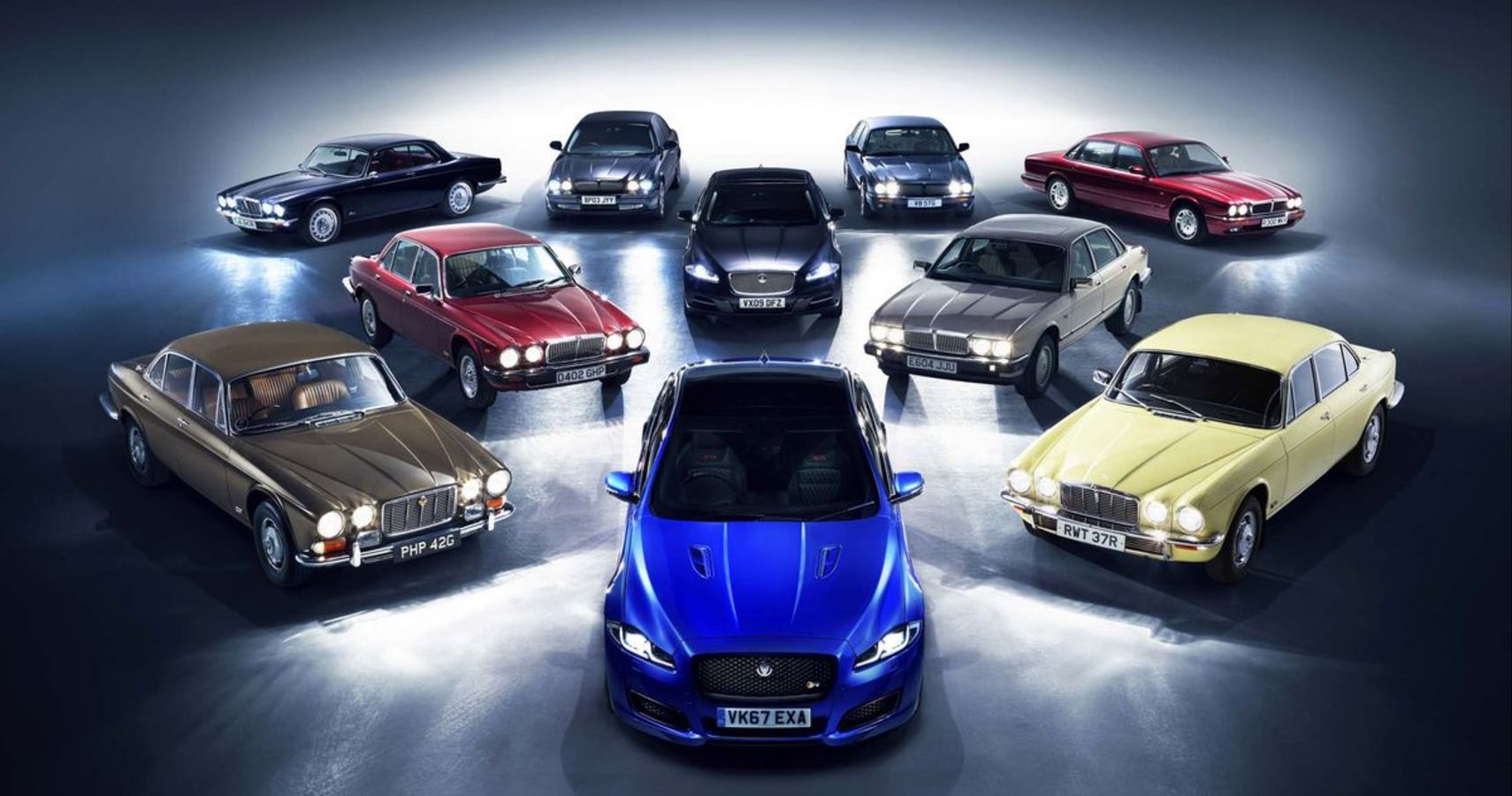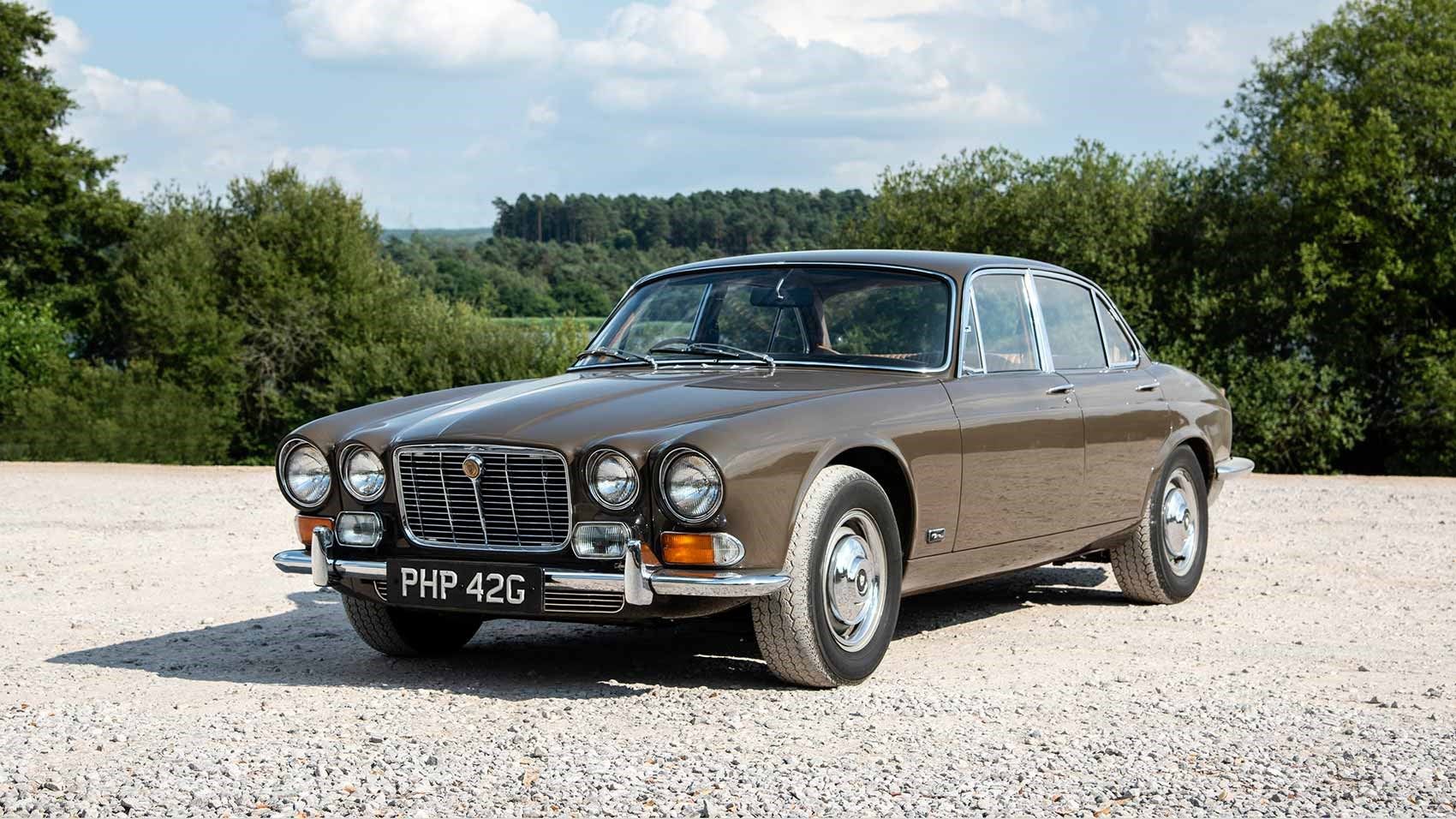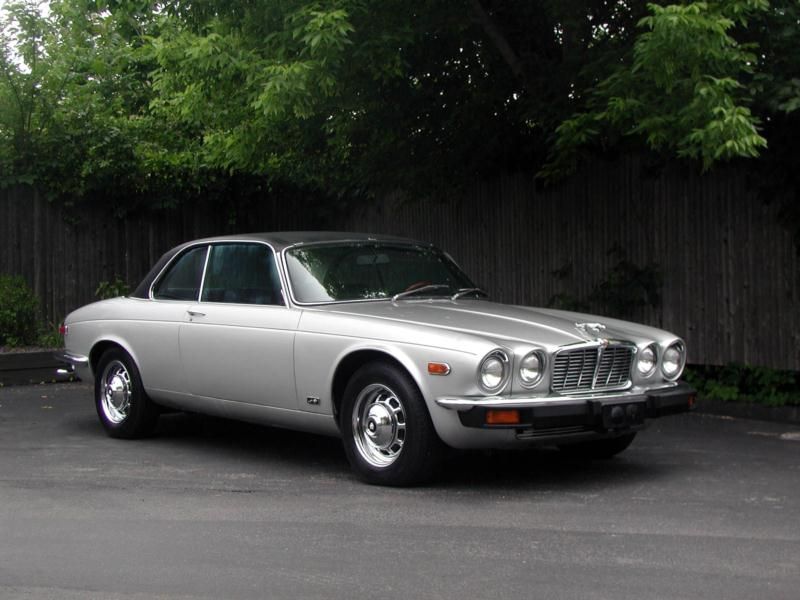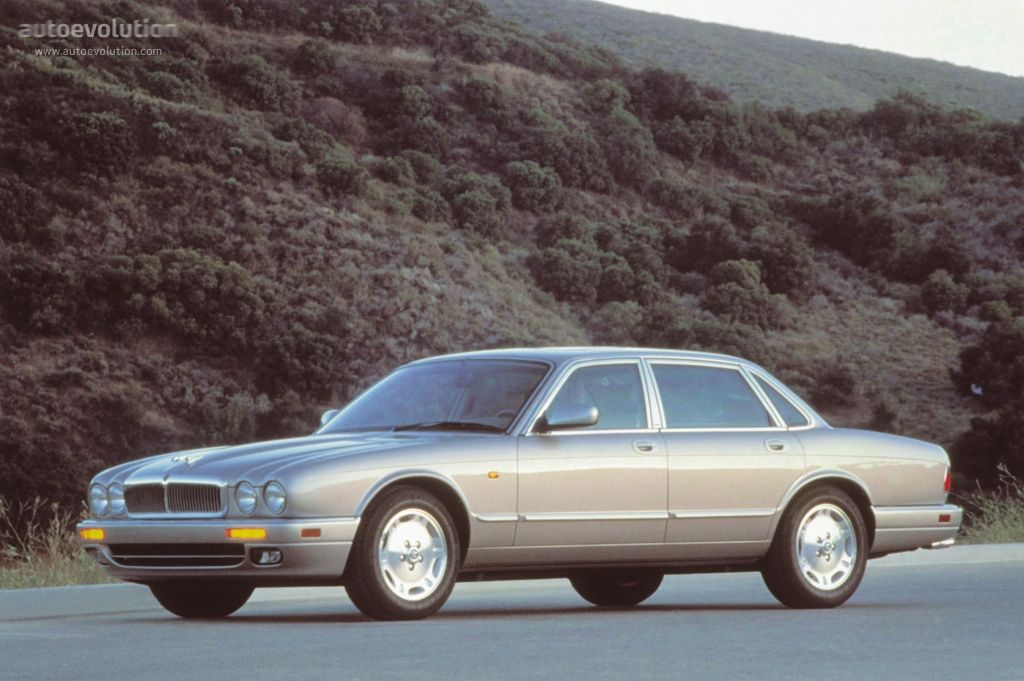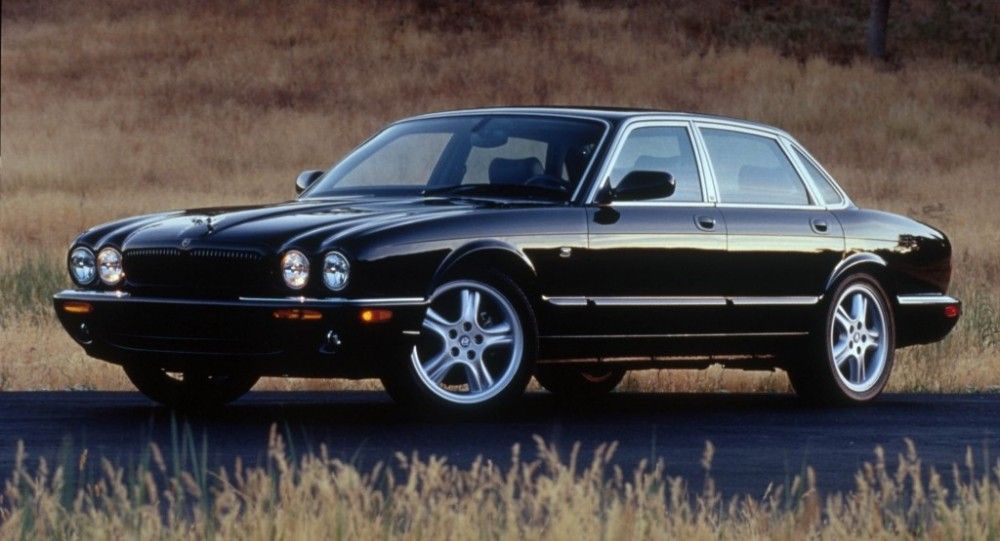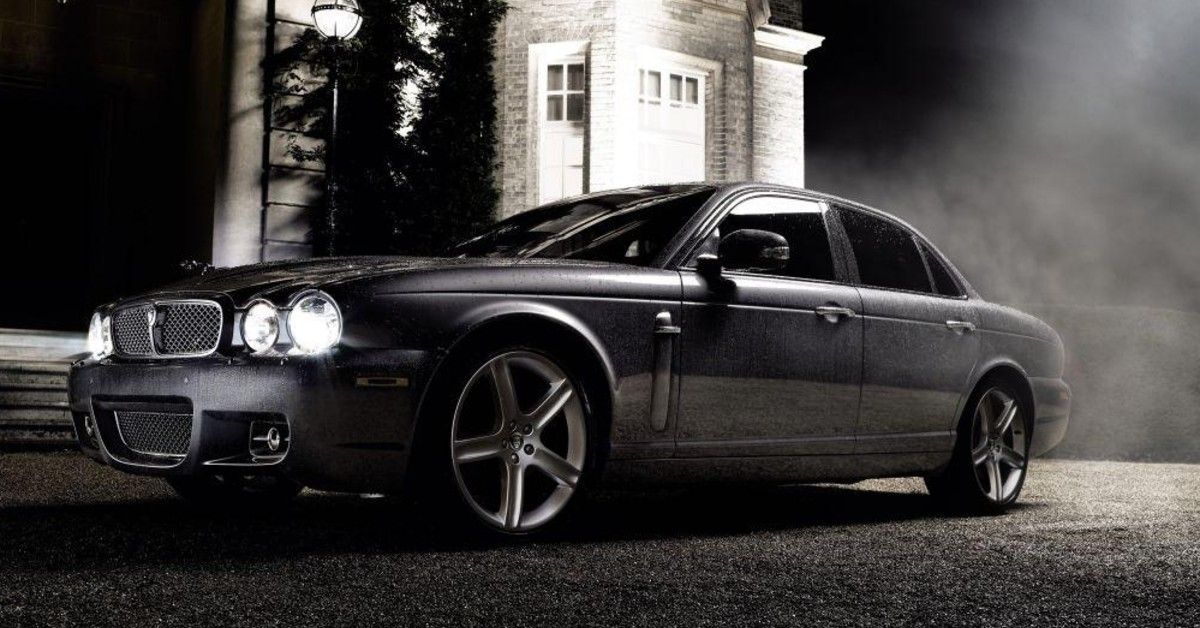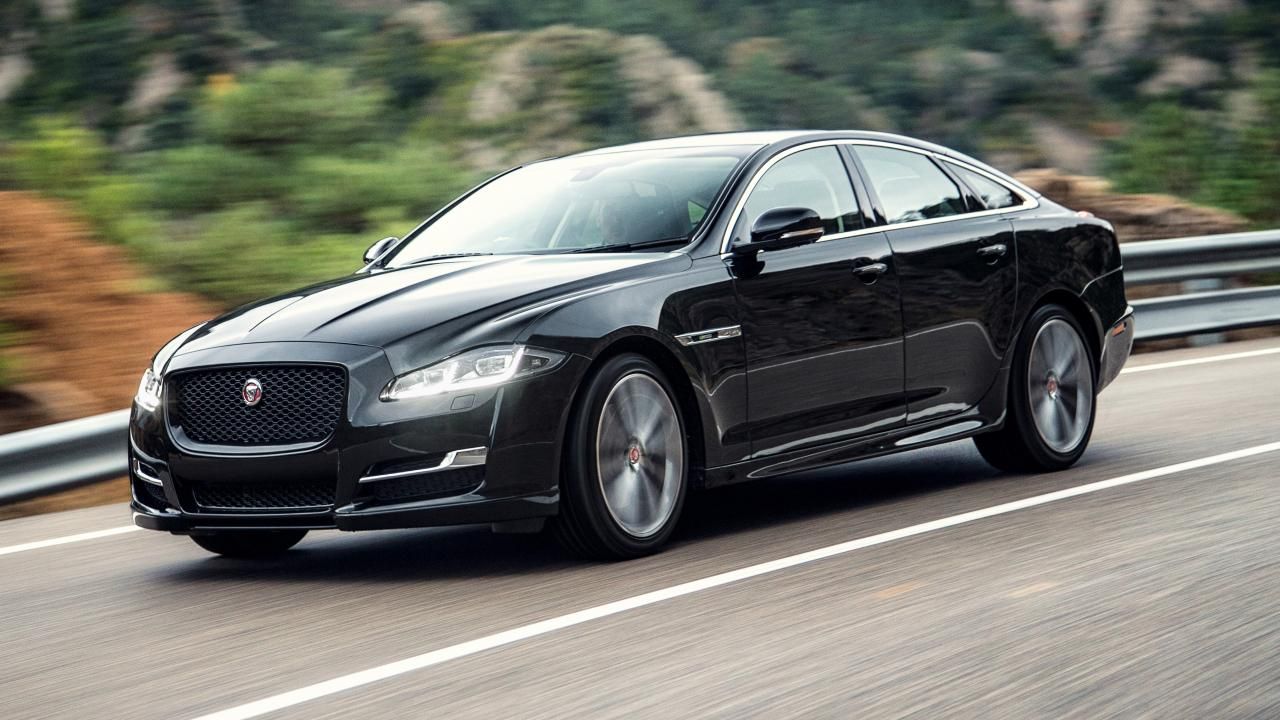A half-century ago, British carmaker Jaguar had code-named the XJ, which stood for ‘eXperimental Jaguar.’ First produced in 1968, XJ was the brainchild of Sir William Lyons, the founder of Jaguar. The Jaguar XJ exudes vibes of a big, sporty yet comfortable sedan. Originally the first generation XJ was supposed to be a sole sedan offering. However, the iconic and unusual features of the sedan made it an instant favorite. Over the generations, XJ evolved the styling and underwent several makeovers to become a modern-looking sedan. With radical changes in iconic design, the XJ has ushered into the new era of the automobile industry.
The Jaguar XJ has grown in size and luxury with every generation to provide a modern sedan's ultimate comfort and class. The XJ series has managed to cement itself in the automobile industry with poise and grace, and here’s a glimpse at its evolution.
An Introduction To Upmarket Saloons - First Series Jaguar XJ (1968–1973)
The first big commercial success for Jaguar was sleek and fast with the first series XJ. Series I XJs incorporated the elements like shaped grilled and quad headlights from the previous 420 and Mark X sedans, although they were quite different from the round-shaped predecessors. The first series XJ had a low-slung profile and long tail.
The XJ debuted with two choices for the six-cylinder engines - a 2.8-liter and a 4.2-liter, and it clocked a top speed of 124 MPH. The car went from 0 to 60 MPH in 9.0 seconds. In 1971, Sir Williams incorporated the V12 engine in the first series XJ creating the XJ12 with a top speed of 147 MPH. The 1971 XJ was easily one of the fastest sedans in the world, costing $12,900.
New Design For A New Generation - Second Series Jaguar XJ (1973–1979)
The second series of the Jaguar XJ was launched at the Frankfurt Motor Show in 1973. The second series was slightly refurbished from its predecessors but still bore a strong resemblance. It also came in as the first two-door pillarless coupe version.
In 1975, Jaguar introduced the aerodynamic XJS to the world. Its fuel-efficient engine offered exceptional performance. The car raced from 0 to 60 MPH in 6.9 seconds and gave a top speed of 150 MPH.
A Classic Update -Third And Fourth Generation Jaguar XJ (1979–1994)
The third series of XJ focused on the external restyling of the luxury sedan while maintaining its signature design. Jaguar collaborated with the famous Italian house Pininfarina for a classic update. Maintaining the usual front-end cues, the third series restyled the roofline and side windows. Third series XJs retained the 3.4-liter and 4.2-liter I6 engines and the 5.3-liter V12 engines.
The 1986 XJ40 was designed to be more modern and angular. It introduced a line of new six-cylinder engines, the AJ6. The new generation of the XJ12 arrived shortly after in 1993. The original cost of the XJ40 was priced at $45,000.
A Visually Serene Experience - Fifth Generation Jaguar XJ (1994–1997)
A new era of Jaguar came into production when the fifth generation was manufactured solely under Ford. Named the X-300 generation, XJ returned to its roots with a curvier surface and quad headlights built with modern robotic manufacturing processes. The six-cylinder engine was retained with a new AJ16 variant and a ZF-four speed automatic. The five-speed manual transmission option was also available.
In 1997, Jaguar created the XJR, the first supercharged sedan in the moniker’s history. It introduced the new-generation AJ-V8 units with a standard luxury atmosphere. With a top speed of 155 MPH, the XJR accelerated from 0 to 60 in merely 5.6 seconds.
The Legacy Continues - Jaguar XJ (1997–2009)
From 1997-2003, the XJ was sold with minor upgrades in design and engine from the outgoing models. Jaguar abandoned the six and twelve-cylinder engine models for the 3.2 and 4.0-liter AJ-V8 eight-cylinder engine. In 2003, Jaguar redesigned the chassis and exterior design, retaining the rounded headlights and sculpted hoods. The V8 engine increased to 4.2-liters and produced a maximum speed of 155 MPH with an aluminum body under its skin.
The 2007-2009 XJs were the last traditional models in the car’s history. Retaining the aluminum body for less weight, the 2008 XJ was redesigned with a larger luxury cabin. One of the most advanced models of the British brand, the V8 engine cranked out 400 HP. For a bulky volume, the Jaguar returned with the 3.0-liter I6 engine, 2.6-liter V6-engines, and twelve-cylinder engines.
A Fresh Start: Jaguar XJ (2009–present)
Tata Motors bought Jaguar and created a new revolution for the XJ series. With designer Ian Callum, Jaguar abandoned almost everything from its traditional design to create a dynamic and stylish luxury sedan that had never been seen before. Designed with a rounded, coupe line greenhouse, the XJ ditched the round headlights for sleek single-piece headlights.
A square grille, blacked-out D-pillar, and dashing vertical taillights created a minimalistic yet modern design. The car retained the V6 and V8 engines with an introduction to supercharged V8 options. Over the years, Jaguar XJ managed to evolve from its humble beginnings to a larger-than-life brand that is loved and admired by many. The XJ series has seen a variety of design changes and ownership shuffles, but it always retained the luxury and class that defined Jaguar.
Joining the new revolution, the XJ series is set to release an all-electric drivetrain by the end of 2021. A moniker of reliability and assured performance, the XJ series is certainly on a path to produce a beautiful and sublime experience for the next generation.

